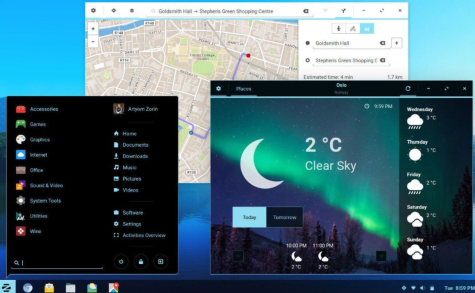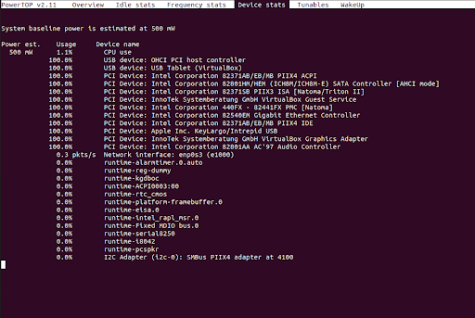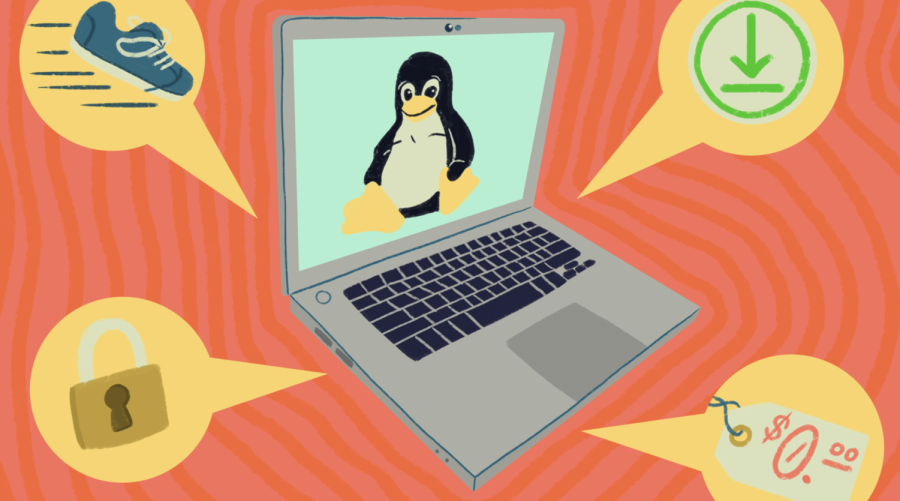Linux: Is It Worth It?
I’ve used a Linux operating system for the past three months, without switching to Windows or Mac under any circumstances. Here’s what I’ve learned.


Linux, as a whole, is often thought of as more complicated than operating systems like Windows or Mac, older, and definitely more geared towards geeks. However, before making generalizations about Linux, it’s necessary to understand that, unlike Mac and Windows, Linux distributions (also known as distros, or packages containing open source software utilities) vary drastically. Windows 7 and Windows 10, while somewhat different visually, are extremely similar under the hood. Because distributions are designed by an entirely different group of developers, they all bring to the table different levels of complexity, user-friendliness, reliability, and security.
Despite tendencies to generalize Linux distros and its users, it’s difficult to make conclusions as to whether they’re all impossible to use or all annoying for an average user. Zorin OS, for example, is arguably more aesthetically appealing than Windows or Mac, with a snappy, customizable desktop environment (it also offers a Windows 11-based theme), and on the surface runs almost the same as any normal operating system, while giving you the opportunity to develop under the hood with tools such as systemd (service configuration tool that allows you to run your code in the background directly alongside the system) as well as the ability to directly view the source code of the Linux kernel.
Because I had started working with a Raspberry Pi system using only the command line interface (CLI), I decided to immerse myself in the Ubuntu experience and use PopOS (a Ubuntu-based distribution) on my own computer. I decided to use PopOS for several reasons:
- It’s known for its good driver support. Previously, when using Linux Mint and other distributions, I found that it was a total mess when it came to drivers and it tended to be the primary reason why I would end up switching back to using Windows or Mac.
- It’s simple. At times it’s enticing to dive all the way in and use some crazy distribution like Arch Linux or Gentoo; I wanted to be able to use this computer at school without having to spend half an hour trying to figure out how to view a PDF or use a bizarre package manager like pacman.
- After a few adjustments, it didn’t use an absurdly large amount of battery power. This is one of the main reasons not to use Linux distros: because good power management requires well-written drivers and hardware manufacturers tend to be cagey about handing out their documentation even to closed-source operating systems like Windows, Linux distros tend to struggle with not having good drivers, hence the battery issues. A laptop running Windows might last eight hours, while on Linux it can last barely four hours. However, over the past few years, there have been significant changes to remedy this issue. Personally, I found PowerTOP and TLP made the most difference—using these, along with placing the computer in low power mode, PopOS could last for the same amount of time, if not longer, than Windows.

Now the big question is: is this all worth it? Quite honestly, I think this depends on you and what you expect out of your computer. If you want your computer to be an extension of you, to do what you want and look exactly how you want, a Linux distro is probably what you’re looking for. The level of customizability that comes out of Linux is completely unmatched by any other operating system; you can change the colors of essentially anything, use or create interactive background widgets, or compete to make the most stylish desktop. For developers, it also largely depends on what you’re developing; many developers don’t develop on cross-platform development environments/software frameworks like Qt Creator or ElectronJS, and Windows and Mac have support for some really amazing Integrated Developer Environments (IDEs) like Visual Studio. On the other hand, coding in Linux is a completely different experience: it feels as if you’re fully integrated into the system, as if the entire operating system is attuned specifically for development. The Uniplexed Information and Computing System (UNIX) terminal allows you to directly interact with your code on a level impossible to reach with the difficult-to-use Microsoft Disk Operating System (MS-DOS) terminal. Batch programs (script files in Windows) are a complete joke; bash programs (script files in Linux), on the other hand, are frequently used in development, and they translate directly to normal commands you put in the UNIX command line (for example, ls, cd, or mkdir). In Linux, updates take place in the background, allowing the system to remain online with no downtime; Windows, on the other hand, requires the system to be unusable for at times several hours to install system updates, which is a major issue for servers. Windows essentially does not have a proper scripting language, its command line is terrible, and its system updates require downtime to take place, which is one of the many reasons why Windows isn’t commonly used in servers.
In summary, whether Linux is worth it or not is really up to what you expect out of your computer; computers running Linux tend to be more reliable, and distributions like Zorin significantly minimize the steep learning curve associated with using Linux. However, using Linux on laptops poses significant battery issues, and when experimenting with Linux it’s not terribly difficult to break things badly because so many options are available to change around. Java, the programming language taught in AP Computer Science A at Keystone, uses a virtual machine (JVM), meaning that Java is designed to run exactly the same across any operating system and so using Linux as opposed to Windows or Mac makes very little difference. For developers, it really comes down to what you’re working on and how much you expect your operating system to work with you.

Sarah is a current senior at Keystone with a passion for all things concerning Computer Science, Computational Biology, and Artificial Intelligence....

